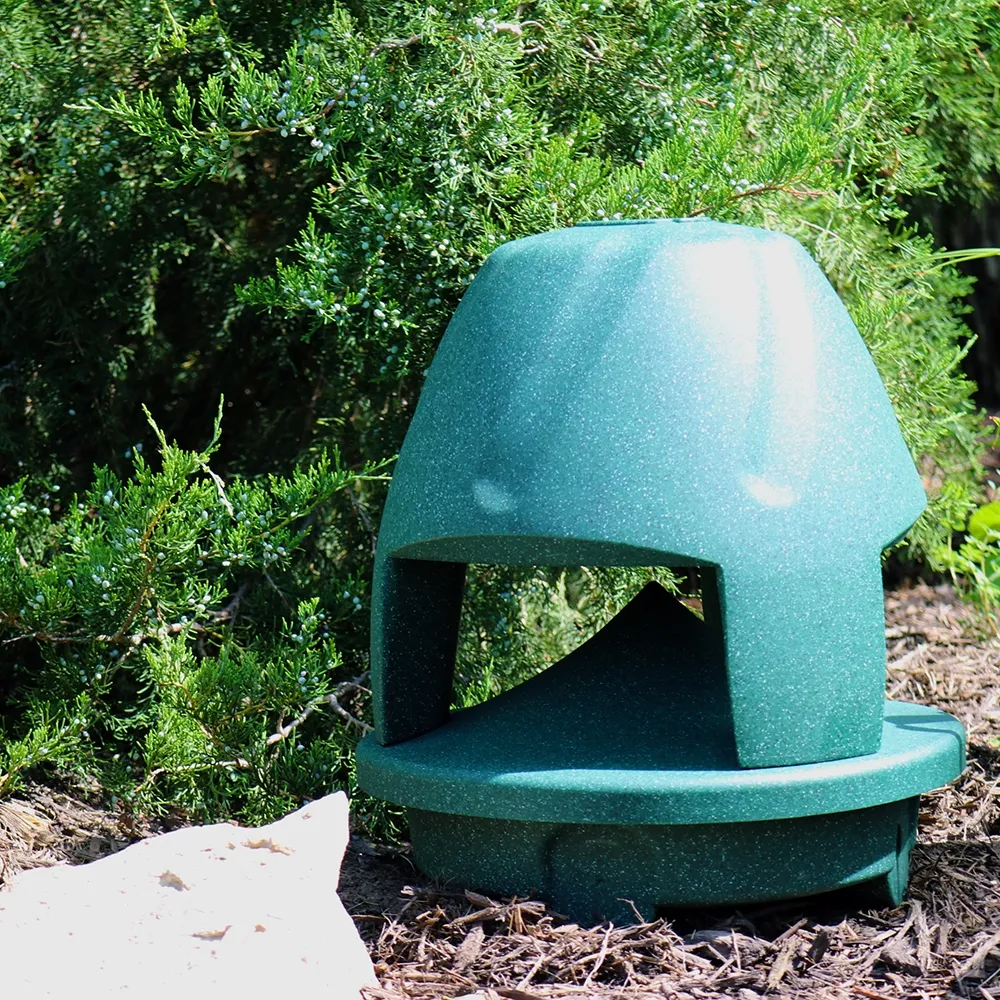

Wrap the chicken wire once around your entire structure and crimp it together and secure it by twisting floral wire around the loops where the two ends meet. This is where you will want to get out your roll of chicken wire. I found this to be very useful when I was putting my tiki in place and hooking it up to a receiver.ģ) Now it's time to make the frame a little more rigid. Instead, leave all of your wire on the spool that it came on, and tuck it way/work around it for the remainder of the time you are building your tiki. This will be the point where your wire will exit your tiki.Ģ) Keep in mind that, now matter how short or long you think your speaker wire will need to be, do not cut it to length. Now run your speaker wire down to the bottom of the flower pot, taping it to the flower pot with some duct tape. Go ahead and connect the wire to your speaker. To do this, take a pair of scissors and make a 3 inch cut down the strip of rubber casing in between the two wires on the speaker wire, then procede to strip away about half of an inch of each wire. I didn't think of taking pictures until I started wrapping it, but you can get an idea of what it looked like without the first layer of foam.ġ) Now that the liquid nails is beginning to cure, you will want to take your spool of speaker wire and connect it to the leads on your speaker. I appologize for not having pictures of the frame before I wrapped it in foam. This is just to add height to the tiki (trust me, you will regret not adding it later on if you don't. Next, simply take that top ring of bucket and glue it on top of your first bucket. The top section of what you cut off is what you need. I cut the top of my second bucket about 8 inches from the top. Now your second bucket will require a little cutting with the dremel tool.

In fact, if your buckets have them, go ahead and take your dremel tool and cut them off.ģ) Take your first bucket, right side up, and secure it to the top of the speaker using your Liquid Nails, making sure the bucket is centered with the rest of the structure. If yours doesn't, that's okay, because you won't need them. Most plastic buckets like this have metal handles on them. The speaker should be positioned on the pot so that none of the corners hang off.Ģ) Once your speaker is on the flower pot, it is time to get those plastic Home Depot buckets. On top of the glue, stick on your outdoor speaker. You will need to break out your Liquid Nails and caulking gun and apply a generous amount to the top of your upside down flower pot. The rest of the frame is pretty simple from here. This will be the base of the tiki, and give it the distinct flared bottom. As long as the amplifier power is equal to or under your speaker imput power, you're A-Okay.ġ) Okay, lets start building our tiki by taking our large flowerpot and turning it upside down. NOTE: Make sure your amplifier output power does not exceed your speaker imput power. ***If you just wish to build the tiki itself without a speaker inside, simply disregard sections 1, 2, and 5 of Step 2, and all of Step 7 In order to build a tiki speaker of your own, you will need the following items: I spent around $120 on this project (speaker and cables were bought at Goodwill, some of the materials were lying around in my garage), so if you were to buy all of the materials new, it should cost about $200. The tiki itself took eight days to complete (from gathering materials to final coat of paint), and rigging the amplifier and hooking it up took roughly 3 hours. He is 42 inches tall and weighs in at a whopping 110 pounds. I designed it and built it entirely from scratch. I decided to build a pair of rock speakers out of the same materials, but the idea quickly turned into building this guy.
#Outdoor speaker enclosure design how to
Hello fellow tinkerers, this tutorial will show you how to build a large tiki statue with an outdoor speaker inside of it.


 0 kommentar(er)
0 kommentar(er)
